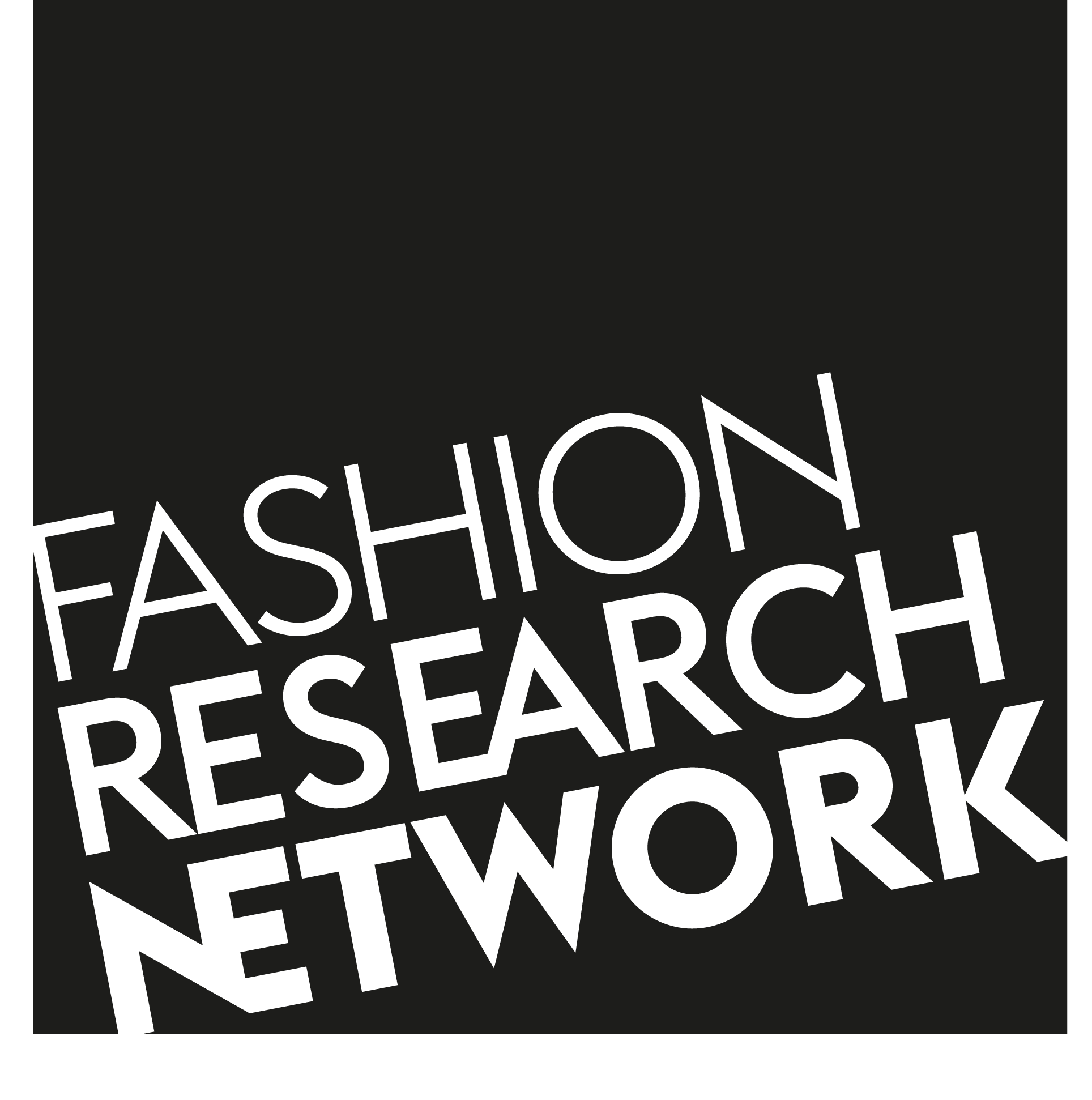Fashion & Self-Fashioning: Exploring Karl Lagerfeld’s Hybrid Genius German Studies Association Conference, Washington, Dc 1-4 October 2020.
Type:
Call for Papers
Date:
October 1, 2020 to October 4, 2020
Location:
Washington, United States
Subject Fields:
Art, Art History & Visual Studies, German History / Studies, Literature, Cultural History / Studies, Humanities
Karl Lagerfeld (1933-2019), aka “Kaiser Karl,” was a major creative force to be reckoned with: as a successful fashion designer, a prolific photographer, a voracious reader, and a world famous celebrity, he reigned unchallenged over the world of fashion for more than fifty years. Admired for his visionary flair, respected for his work ethics, feared for his biting witticism, and mocked for his vanity and arrogance, Lagerfeld was a true pop culture icon, whose unmistakable signature look were the high collar, the ponytail, and the sunglasses. While designing up to 17 collections a year for multiple fashion houses (Chanel, Fendi, Chloé, Karl Lagerfeld) for 54 years, his greatest creation though was himself: like Coco Chanel before him, he spent his life refashioning his biography. By appearing to the world as a marionette and a caricature of his own design, Lagerfeld captured the zeitgeist and embraced post-modernity better than anyone. He invented a public persona, which he carefully curated through stories about his social origins or his castrating Prussian mother, and astutely cultivated through wits, aphorisms aka “Karlisms,” and caricatures aka “Karlicatures.” For example, in his numerous magazine interviews and TV appearances, the media-savvy designer, who captivated with his wit and erudition, often caused controversies with his insensitive remarks on women’s body (British singer Adele’s corpulence) and offensive comments on German politics (German chancellor Angela Merkel’s immigration politics). In Lagerfeld Confidential, a 2007 failed documentary by Rodolphe Marconi about the impossibility of making out who is really Karl Lagerfeld, the German-born designer concedes appropriately: “I don’t want to be real in other people’s lives. I want to be an apparition. I appear, then disappear. I don’t want to have reality in anyone’s life, because I don’t want it in mine.”
And yet, his wish to be virtual and ephemeral, a sort of fleeting image, which is part of fashion’s DNA, is completely at odds with the designer’s omnipresence and his ubiquitous influence on fashion, design, photography, and publishing in the last 30 years. For that reason, it is about time the field of German Studies shows interest in the figure of Karl Lagerfeld. Eager to correct this neglect, the panel seeks to explore the multiple facets of this versatile creative personality as a fashion designer, a photographer, an illustrator, a caricaturist, a collector, an editor, and a publisher.
A closer examination at Lagerfeld’s artistic activities and personal interests reveals that his creativity and originality are both firmly rooted within a cosmopolitan German intellectual tradition, ranging from Enlightenment to Weimar modernism. To curate his public persona, Lagerfeld turned to 18th century characteristics and accessories for inspiration: the fan (abandoned in 2000), the white powdered hair and ponytail, which went on to become his signature in the form of a black and white cut out silhouette, his trilingual eloquence, and his “bons mots,” later transcribed as aphorisms in the tradition of Georg Christoph Lichtenberg (1742-1799). Another major influence on the German designer’s personality was Harry Graf Kessler (1868-1937), an Anglo-French German count, diplomat, writer, and patron of modern art, whom he greatly admired and regarded as a role model. Ironically, because the fictional character he invented was in a permanent state of transformation, Lagerfeld ended up being the main protagonist of a Bildungsroman whose story he kept re-telling and subverting his whole life. While his fashion design attests to his vast erudition, several of his photography books and collections for French couture house Chanel reveal both his German roots and aesthetic influences such as German Romantic painting, German Neoclassical architecture, German Expressionist film, New objectivity photography, and Dada performance art.
The panel invites paper proposals which will engage analytically and critically with Karl Lagerfeld’s:
Fashion collections for Chanel, with a particular focus on the Spring/Summer 2011 Ready-To-Wear “Last Year in Marienbad,” Autumn/Winter 2011-12 “Apocalyptic Androgyny,” the Spring/Summer 2013 Haute Couture “A Magical Forest,” the Métiers d’Art show of the Pre-Fall 2015 “From Sissi to CC” in Salzburg, the Métiers d’art show of the Pre-Fall 2018 collection at the Elbphilharmonie in Hamburg, the Spring/Summer 2019 Ready-to-Wear “Sylt” set on the shores of the North Sea.
Photography books, with a particular focus on Faust, 1995; Ein deutsches Haus / Villa Jako, 1997; Schlosshotel Vier Jahreszeiten, 1996; Visionen, 1996; Grunewald, 1995; Aktstrakt, 2000; Konkret Abstrakt Gesehen, 2007; Moderne Mythologie, 2009.
Identification with Harry Graf Kessler, whom he regarded as a role model, and whose diaries Berlin in Lights – Diaries of Count Harry Kessler (1868-1937) and Journey to the Abyss – Diaries of Count Harry Kessler (1880-1918) he had read.
Interest in book editing: with the help of Gerhard Steidl, he founded the 7L Edition in 1994, and L.S.D. (the Lagerfeld Steidl Druckerei Verlag) in 2010.
Aphorisms aka “Karlisms” in the collection The world according to Karl (2016).
Playing the “marionette” in his own documentary Lagerfeld Confidential by Rodolphe Marconi (2007).
Apparitions on German TV (Markus Lanz 2011 & 2012, interview mit Gero von Boehm 2017) & American TV (Charlie Rose 1993 & 2006).
Cat Choupette in advertising as a Dada performance.
…
Please send a 350-400 word abstracts with a title and a short bio in either English or German to both panel chairs: Stefan Börnchen boernchs@uni-koeln.de and Christophe Koné cak4@williams.edu by February 12, 2020.
Presenters must be members of the German Studies Association by early February 2020.
Contact Info:
Stefan Börnchen (boernchs@uni-koeln.de), Universität zu Köln, and Christophe Koné (cak4@williams.edu), Williams College
Contact Email:
